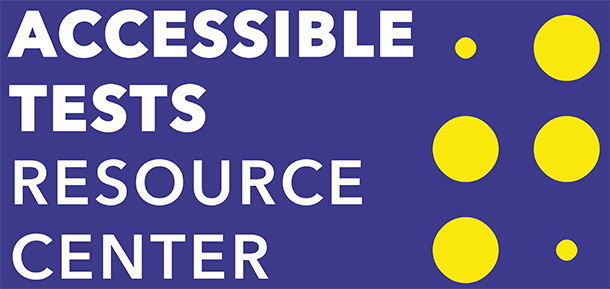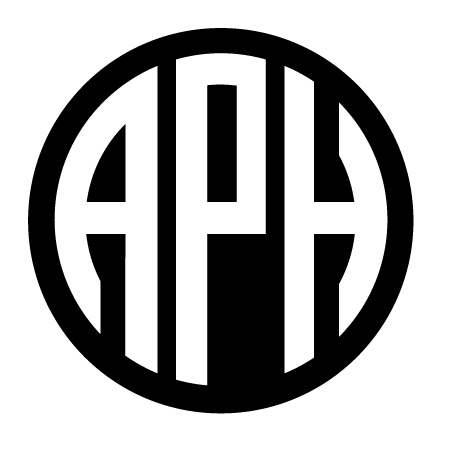Go to navigation for Accessible Tests Resource Center
Types of Assessment
Education Week created a chart, presented in paragraph form below, comparing the common types of assessment. While some might define these assessments a little differently, this provides a general overview of the basics. The original table and full report can be accessed here.
Formative Learning Assessment
What is it?
Formative learning is the process of teaching students how to set goals for their learning, to identify their growth towards those goals, to evaluate the quality of their work, and to identify strategies to improve.
Who is being measured?
Individual students are measuring themselves against their learning goals, prior work, other students’ work, and/or an objective standard or rubric.
How often?
Ongoing: It may be used to manage a particular long-term project, or be included in everyday lessons. Feedback is immediate or very rapid.
For what purpose?
To help students identify and internalize their learning goals, reflect on their own understanding and evaluate the quality of their work in relation to their own or objective goals, and identify strategies to improve their work and understanding.
What strategies are used?
Self-evaluation and metacognition, analyzing work of varying qualities, developing one’s own rubric or learning progressions, writing laboratory or other reflective journals, peer review, etc.
Formative Diagnostic Assessment
What is it?
Formative diagnostic assessment is a process of questioning, testing, or demonstration used to identify how a student is learning, where his strengths and weaknesses lie, and potential strategies to improve that learning. It focuses on individual growth.
Who is being measured?
Individual students. The way they answer gives insight into their learning process and how to support it.
How often?
Ongoing: Often as part of a cycle of instruction and feedback over time. Results are immediate or very rapid.
For what purpose?
To diagnose problems in students’ understanding or gaps in skills, and to help teachers decide next steps in instruction.
What strategies are used?
Rubrics and written or oral test questions, and observation protocols designed to identify specific problem areas or misconceptions in learning the concept or performing the skill.
Benchmark/Interim Assessment
What is it?
Benchmark or interim assessment is a comparison of student understanding or performance against a set of uniform standards within the same school year. It may contain hybrid elements of formative and summative assessments, or a summative test of a smaller section of content, like a unit or semester.
Who is being measured?
Individual students or classes.
How often?
Intermittent: Often at the end of a quarter or semester, or a midpoint of a curricular unit. Results are generally received in enough time to affect instruction in the same school year.
For what purpose?
To help educators or administrators track students’ academic trajectory toward long-term goals. Depending on the timing of assessment feedback, this may be used more to inform instruction or to evaluate the quality of the learning environment.
What strategies are used?
Often a condensed form of an annual summative assessment, e.g. a shorter term paper or test. It may be developed by the teacher or school, bought commercially, or be part of a larger state assessment system.
Summative Assessment
What is it?
Summative assessment is a comparison of the performance of a student or group of students against a set of uniform standards.
Who is being measured?
The educational environment: Teachers, curricula, education systems, programs, etc.
How often?
Point in time: Often at the end of a curricular unit or course, or annually at the same time each school year.
For what purpose?
To give an overall description of students’ status and evaluate the effectiveness of the educational environment. Large-scale summative assessment is designed to be brief and uniform, so there is often limited information to diagnose specific problems for students.
What strategies are used?
Summative assessments are standardized to make comparisons among students, classes, or schools. This could a single pool of test questions or a common rubric for judging a project.


